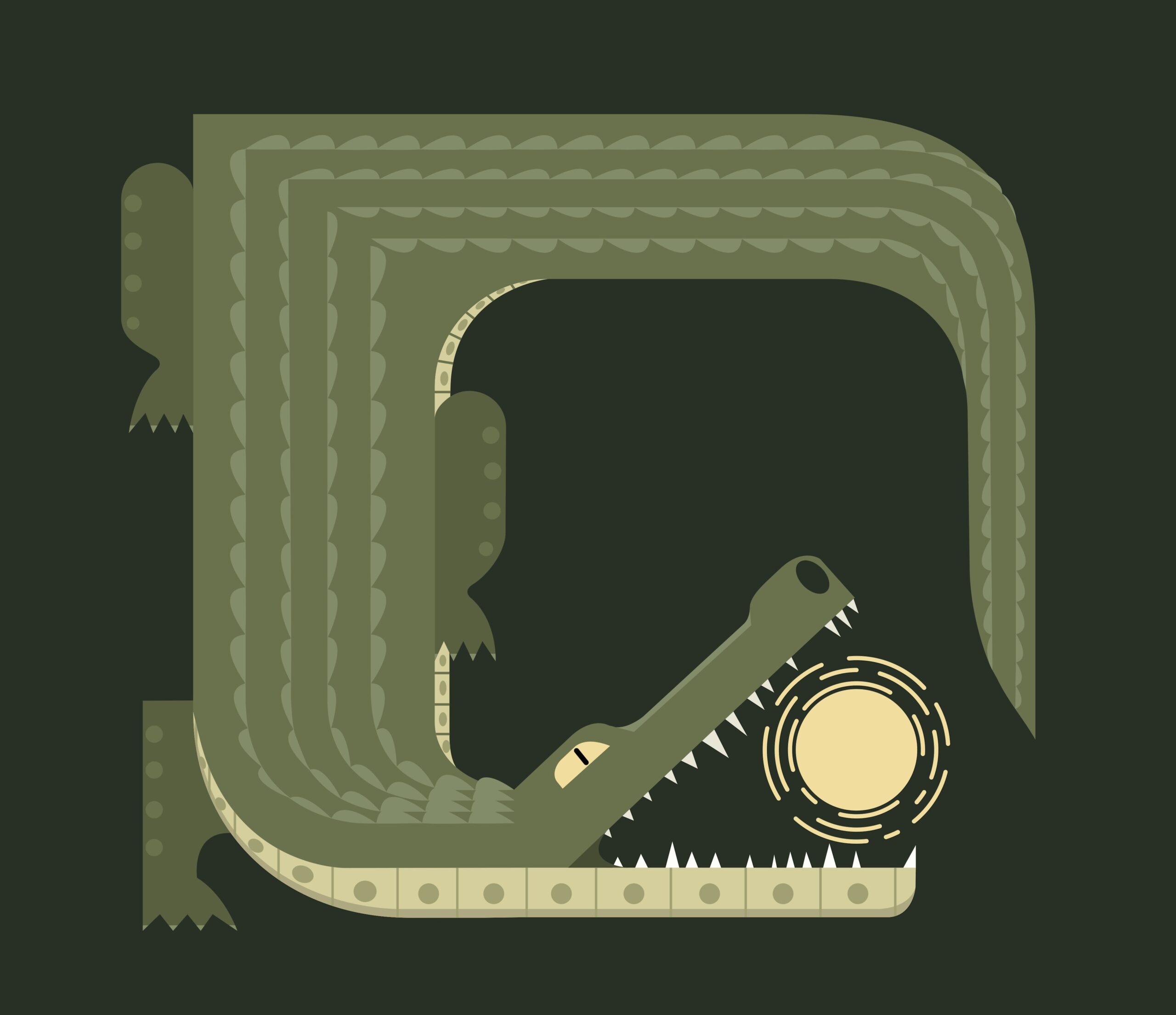In a world where productivity is prized, and multitasking is the norm, the idea of “doing nothing” sounds like the ultimate taboo. How could stopping or even idling help in achieving creative breakthroughs? Surprisingly, recent research and anecdotal evidence from some of the most innovative minds suggest that periods of inactivity may be exactly what you need to fuel your creativity.
Here’s why doing nothing may actually be the secret to unlocking your most brilliant ideas.
Table of Contents
The Neuroscience of Resting Your Mind
The brain is not a machine that operates efficiently through continuous work. In fact, creativity thrives on the brain’s ability to relax and reset. According to neuroscientific studies, when you engage in activities that require less mental effort—daydreaming, walking, staring into space—your brain taps into the default mode network (DMN). This is the brain region linked to imagination, memory retrieval, and idea synthesis.
The DMN becomes active when your brain isn’t engaged in specific tasks, allowing you to make connections between seemingly unrelated concepts. This explains why you often come up with a great idea while taking a shower or going for a walk. By doing nothing, your brain is free to roam, wandering to unexpected places where creative breakthroughs live.
The Creative Power of Boredom
In today’s hyper-connected age, the moment boredom creeps in, we reach for our phones, scroll social media, or fill the silence with music or podcasts. However, boredom can actually be your best friend when it comes to creativity.
Researchers have found that letting yourself get bored can increase your creative thinking. When your brain isn’t constantly being fed new information, it starts to look inward, generating new ideas and connections on its own. In a study published in the journal Psychonomic Bulletin & Review, participants who were asked to do a mundane task—like copying numbers from a phonebook—were more creative afterward than those who were given more engaging tasks. Why? Because boredom gives the brain a break, allowing it to generate new ideas rather than constantly reacting to external stimuli.
The Zen of Doing Nothing
For centuries, mindfulness practices like meditation have taught the benefits of mental stillness. Taking a step back from active thinking through meditation can lead to heightened creativity by clearing mental clutter and allowing new ideas to surface. In fact, many top-performing professionals, from artists to tech innovators, attribute their creative success to mindfulness practices.
For example, Steve Jobs was famously a proponent of Zen Buddhism, and his periods of meditation were said to inspire some of Apple’s most iconic designs. Meditation, or even a few moments of conscious deep breathing, can help you focus your mind, calm your thoughts, and create space for spontaneous insights to emerge.
Nature’s Role in Doing Nothing
Nature has a unique way of allowing us to reset. If you’re struggling with a creative block, taking time to disconnect and immerse yourself in natural surroundings can have transformative effects. In a study from Stanford University, researchers found that participants who took a 90-minute walk in nature experienced reduced mental fatigue and had improved creative problem-solving abilities compared to those who walked in urban settings.
The sounds of birds, rustling leaves, or even the rhythmic crashing of ocean waves have a meditative quality that encourages your mind to wander freely. By stepping away from the screens, notifications, and demands of daily life, you’re giving yourself permission to think differently—often leading to creative epiphanies.
Rest, Sleep, and the Art of Doing Nothing
One of the most powerful forms of doing nothing is sleep. Famous creators like Salvador Dalí and Thomas Edison knew the power of sleep and even practiced techniques that allowed them to drift into the semi-conscious state between wakefulness and sleep, where creative ideas often arise. This state, known as hypnagogia, is a time when your brain is less bound by logic and more open to abstract, creative ideas.
In modern times, the role of sleep in creativity is well-documented. Studies have shown that sleep enhances creative thinking by helping the brain consolidate information and make unexpected connections. A 2012 study published in Psychological Science found that participants who took naps were better at solving complex problems than those who stayed awake, suggesting that sleep is essential for innovative thinking.
How to Incorporate “Doing Nothing” Into Your Creative Process
So, how can you embrace this concept of doing nothing without feeling guilty or unproductive? Here are a few practical ways to integrate it into your routine:
- Schedule Downtime: Block out periods in your day for mental rest. Whether it’s a 15-minute walk without your phone, sitting quietly with a cup of tea, or simply lying on the couch, give your brain time to rest.
- Practice Mindfulness: Take 5-10 minutes daily for meditation or mindful breathing. It doesn’t have to be formal; simply focusing on your breath or the sounds around you can help quiet your mind.
- Engage in Low-Stakes Activities: Try simple, repetitive tasks like doodling, knitting, or gardening. These activities require minimal mental effort, allowing your mind to wander and stumble upon creative insights.
- Embrace Boredom: Resist the urge to constantly fill gaps in your day with digital distractions. Allow yourself to be bored sometimes, and trust that your brain will find creative ways to fill that space.
- Get Enough Sleep: Prioritize rest, and don’t neglect the power of a good nap. If you’re facing a creative block, sleep might be exactly what you need to unlock fresh ideas.
Conclusion: The Paradox of Doing Nothing
In a society that glorifies hustle and constant action, doing nothing can feel counterintuitive. But the paradox is clear: when it comes to creativity, less can indeed be more. By giving your brain the space to roam, wander, and rest, you create fertile ground for your next big idea to take root. So, the next time you’re stuck in a creative rut, remember—the secret to your breakthrough might just be waiting in the stillness.

Comment